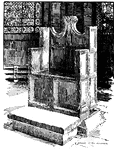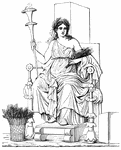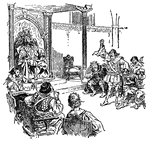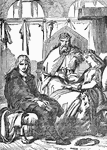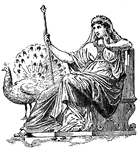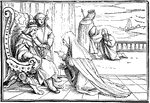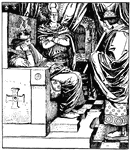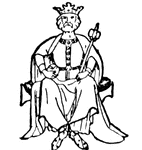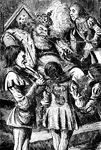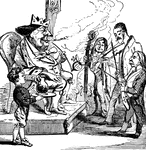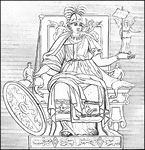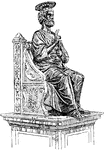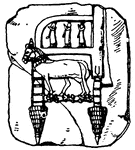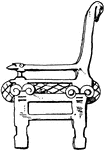Clipart tagged: ‘throne’

Roman Arm-Chair
The Roman Arm-chair had a decoration symbolic of Ceres, the Roman goddess of growing plants.
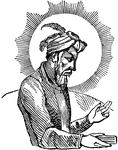
Aurungzebe
"The most powerful of the Great Monguls, the last who ruled with energy and effect." — Chambers'…
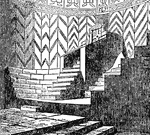
Basilica
"Apse of Basilica, Torcello, with Bishop's throne and seats for clergy." — The Encyclopedia Britannica,…
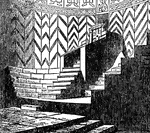
Apse of the Basilica
"Apse of the Basilica, Torcello, with Bishop's throne and seats for the clergy."

A Bishop Sitting on a Bishop's Throne Called a Cathedra
Illustration of a bishop sitting on an ornately decorated cathedra. A crosier, pastoral staff, rests…

Battle of Cunaxa
Battle fought between two brothers, Cyrus the Younger and Arsaces. Cyrus managed to collect eleven thousand…
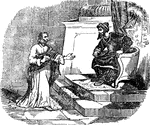
Joseph of Arimathaea Asks for the Body of Jesus
" And when even was come, there came a rich man from Arimathaea, named Joseph, who also himself was…
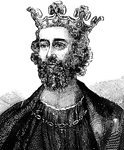
Edward II
Edward II, (April 25, 1284 – September 21, 1327?) of Caernarfon, was King of England from 1307…
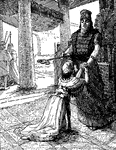
Esther Approaches King Xerxes
"Now it came to pass on the third day, that Esther put on her royal apparel, and stood in the inner…
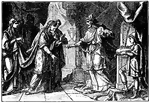
Esther Approaches the King and is Welcomed
"Now it came to pass on the third day, that Esther put on her royal apparel, and stood in the inner…
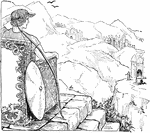
Frey Sitting in Odin's Throne
Odin lets Frey, the god of sunshine, sit in his throne. While he looks across the land, he sees Gerda,…
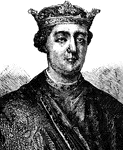
Henry II
Henry II of England (5 March 1133 – 6 July 1189) ruled as King of England (1154–1189). Henry…
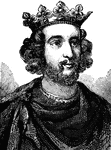
Henry III
Henry III (1 October 1207 – 16 November 1272) was the son and successor of John "Lackland" as…

Hulda and the Shepherd
Hulda, the Norse goddess of spring sits on the throne in her cave. A shepherd finds this cave and as…
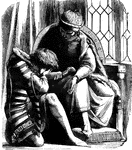
King Comforting a Young Man
A king or nobleman sits on a modest throne with a footstool and comforts a weeping young man kneeling…
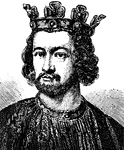
King John
John (24 December 1167 – 19 October 1216) reigned as King of England from 6 April 1199, until…

King Robert of Sicily
In Longfellow's poem, an angel took King Robert's place and made Robert the royal jester until he admitted…
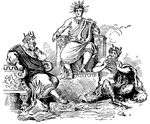
Midas
"Bacchus offered Midas his choice of a reward, whatever he might wish. He asked that whatever he might…
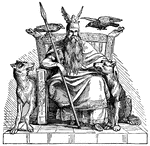
Odin
"Odin then regulatied the periods of day and night and the seasons by placing in the heavens the sun…
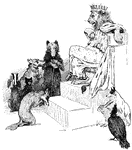
Reynard the Fox: Reynard's Story
Reynard the Fox at King Noble's court again, telling his side of the story to Lion and the other animals.

Reynard the Fox: The King's Pardon
King Lion and his queen pardon Reynard the Fox for all of animals' accusations against him. Reynard…

Richard I
Richard I (8 September 1157 – 6 April 1199) was King of England from 6 July 1189 until his death.…

Egyptian statue
"Egyptian Statue in black basalt. Heroic size, in the British Museum." —D'Anvers, 1895

Ancient Persian Throne
The Ancient Persian Throne was decorated to represent a king sitting on his throne borne-up by slaves.
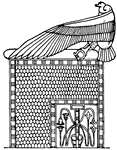
Egyptian Throne
The Egyptian throne had a lotus ornament with the arms formed by the wings of the sacred hawk.

Thrones
"Thrones, a throne, is a Greek word, for which the proper Latin term is Solium. This did not differ…
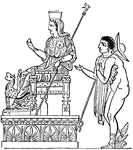
Thrones
"The following wood-cut from a fictile vase in the Museo Borbonico at Naples, represents Juno seated…
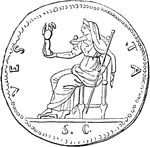
Coin of Vesta
"Represents Vesta seated on a throne, with the Palladium of Rome in her hand." — Anthon, 1891

